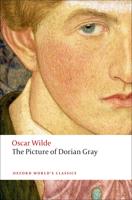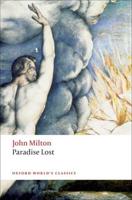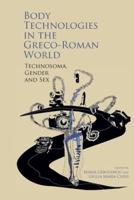Publisher's Synopsis
Drawing together literature, media, and philosophy, Ghostly Apparitions provides a new model for media archaeology and its transformation of intellectual and literary history. Stefan Andriopoulos examines new media technologies and distinct cultural realms, tracing connections between Kant's philosophy and the magic lantern's phantasmagoria, the Gothic novel and print culture, and spiritualist research and the invention of television.
As Kant was writing about the possibility of spiritual apparitions, the emerging medium of the phantasmagoria used hidden magic lanterns to startle audiences with ghostly projections. Andriopoulos juxtaposes the philosophical arguments of German idealism with contemporaneous occultism and ghost shows. In close readings of Kant, Hegel, and Schopenhauer, he traces the diverging modes in which these authors appropriated figures of optical media and spiritualist notions.
The spectral apparitions from this period also intersect with the rise of popular print culture. Andriopoulos explores the circulation of ostensibly authentic ghost narratives and the Gothic novel, which was said to produce "reading addiction" and a loss of reality. Romantic representations of animal magnetism and clairvoyance similarly blurred the boundary between fiction and reality.
The final chapter of Ghostly Apparitions extends this archaeology of new media into the early twentieth century. Tracing a reciprocal inter_action between occultism and engineering, Andriopoulos uncovers how theories and devices of psychical research enabled the emergence of television.










